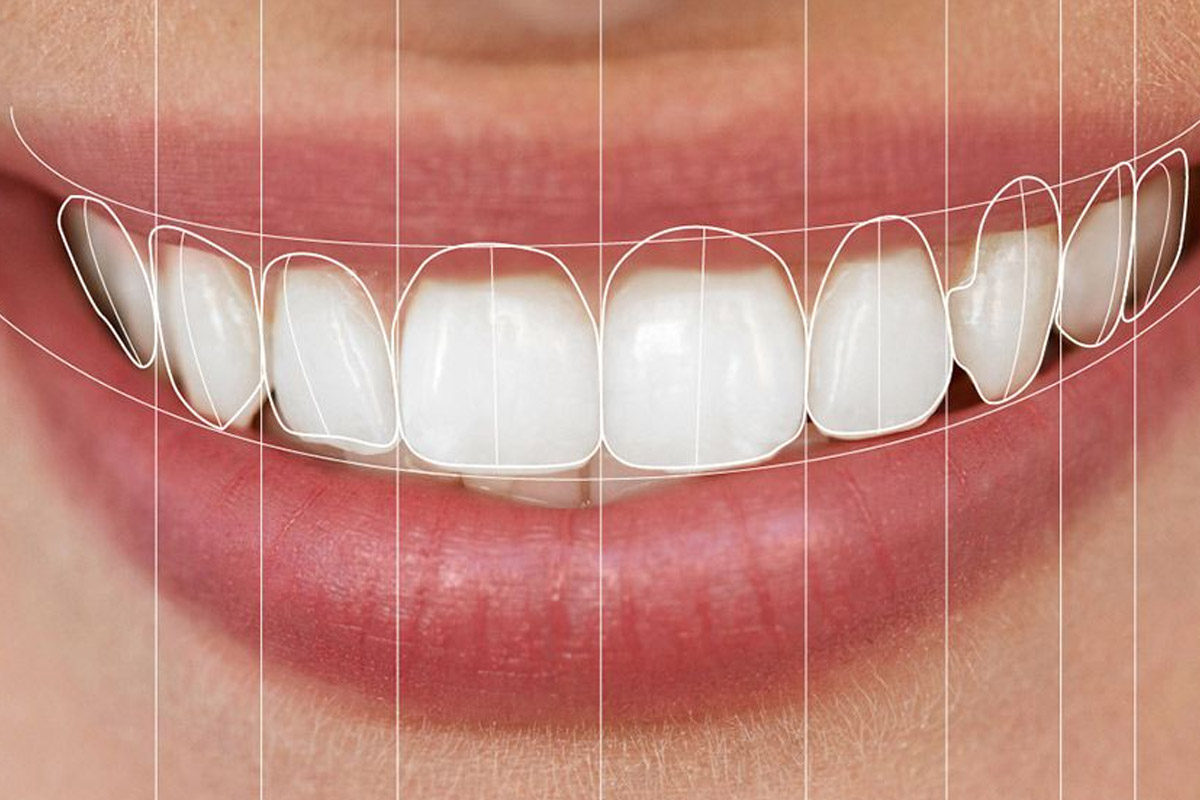Understanding Digital Smile Design: A Game Changer for Dental Labs and Clinicians

Introduction
In an era where patients expect fast, flawless, and personalized dental care, digital technology has become a crucial ally for dental professionals. Among the most transformative innovations is Digital Smile Design (DSD) — a revolutionary tool reshaping the way clinicians and dental labs approach restorative and cosmetic cases.
Digital Smile Design bridges the gap between dental labs and clinicians, enabling more accurate planning, seamless collaboration, and exceptional patient outcomes. Whether you're a general practitioner, cosmetic dentist, or dental technician, DSD offers a smarter, more predictable path to success.
In this blog, we’ll break down what DSD is, how it works, and why it’s a true game changer for both clinicians and dental labs.
What is Digital Smile Design?
Digital Smile Design is an advanced digital protocol that combines facial analysis, dental imaging, and 3D modeling to design and visualize a patient's ideal smile. It transforms 2D concepts into 3D digital workflows, allowing clinicians to:
-
Evaluate facial and dental aesthetics in harmony
-
Simulate smile makeovers before treatment begins
-
Customize crowns, veneers, and implants to suit individual anatomy
-
Improve communication with patients and labs
The core principle behind DSD is patient-centered care — designing a smile that not only looks beautiful but also suits the patient’s personality, facial structure, and functional needs.
How Digital Smile Design Works
Here’s a simplified overview of the DSD process:
1. Data Collection
Using intraoral scanners, digital photographs, and in some cases video, the clinician captures comprehensive data of the patient’s face and dentition. This includes:
-
Tooth position and shape
-
Lip dynamics
-
Smile line
-
Facial symmetry
2. Smile Simulation and Design
The data is imported into DSD software, where the clinician or designer plans the ideal smile based on facial aesthetics, proportions, and patient preferences.
3. Patient Communication
Using the digital simulation, patients can preview their new smile and give input. This builds trust and increases case acceptance by aligning expectations early.
4. Lab Collaboration
Once the design is finalized, the files are shared with the dental lab. The lab uses these precise digital plans to fabricate restorations — veneers, crowns, bridges, or implant-supported prosthetics — with minimal guesswork or adjustment.
Why Digital Smile Design Is a Game Changer for Dental Labs
Dental labs are the backbone of restorative dentistry. But miscommunication and unclear treatment goals have historically led to errors, remakes, and delays. DSD solves these issues.
1. Improved Clarity and Communication
Digital Smile Design gives labs access to:
-
Detailed digital impressions
-
High-resolution visuals and videos
-
Specific design blueprints and measurements
-
Realistic smile simulations
This clarity enables lab technicians to execute the dentist’s vision accurately and consistently, reducing back-and-forth and increasing production efficiency.
2. Increased Precision in Fabrication
DSD files integrate seamlessly with CAD/CAM systems and 3D printers, enabling high-precision fabrication of restorations. This digital accuracy leads to:
-
Better marginal fits
-
Harmonious aesthetics
-
Fewer clinical adjustments
-
Reduced remakes
3. Stronger Partnerships with Clinics
Labs that embrace DSD workflows are seen as valuable, high-tech partners. They become an extension of the clinical team — collaborating in real time and delivering restorations that match both functional and aesthetic goals.
4. Competitive Advantage
In a competitive dental lab market, offering DSD services differentiates your lab and appeals to forward-thinking dentists who want predictable, high-quality results.
How DSD Empowers Clinicians
For clinicians, the benefits of Digital Smile Design extend well beyond aesthetics. Here’s how DSD transforms everyday practice:
1. Better Diagnosis and Treatment Planning
DSD allows clinicians to make evidence-based decisions using accurate visuals and data. Instead of relying on mental visualization or 2D photos, dentists can simulate the final result digitally — adjusting shapes, sizes, and positions to optimize the smile before starting treatment.
2. Higher Case Acceptance
Showing patients a visual preview of their future smile makes treatment feel real and exciting. It eliminates the fear of the unknown, improves communication, and helps patients say “yes” to comprehensive care.
3. Shorter Chair Time and Fewer Adjustments
When labs receive accurate DSD plans, restorations are delivered with better fit and function, reducing the need for multiple try-ins, adjustments, or remakes.
4. Integration with Modern Technology
DSD integrates easily with intraoral scanners, cone-beam CT, CAD/CAM systems, and other digital tools — allowing for a streamlined, end-to-end workflow that saves time and enhances accuracy.
A Shared Vision: Lab and Clinic Collaboration Through DSD
At its core, Digital Smile Design aligns the dentist’s vision, the lab’s fabrication capabilities, and the patient’s expectations — all within a single digital environment.
This creates a unified, collaborative process where everyone is working toward the same outcome: a natural-looking, functional, and confident smile.
Real-World Example: The Power of Integration
Imagine a patient seeking a full upper arch smile makeover with veneers. In a traditional workflow, the dentist takes impressions, provides basic notes, and sends them to the lab. The lab technician interprets the instructions as best they can — but small misinterpretations can lead to major discrepancies in the final result.
Now consider the same case using Digital Smile Design:
-
The dentist collects facial and dental data
-
A smile simulation is created and shared with the patient
-
Once approved, the same files are sent to the lab
-
The lab uses this exact design to fabricate the veneers
-
The restorations are delivered with minimal adjustments and high patient satisfaction
This is how DSD turns complex cosmetic cases into predictable, repeatable successes.
How Restorative Solution Dental Lab Supports DSD Workflows
At Restorative Solution Dental Lab, we believe Digital Smile Design is the future — and we’re proud to be part of that future today. Our lab is fully equipped to:
-
Interpret and implement DSD designs
-
Collaborate directly with clinicians throughout the process
-
Provide high-quality crowns, veneers, and implant restorations with minimal need for adjustment
By aligning with DSD workflows, we help dental practices deliver consistent, high-level restorative and cosmetic results that patients love.
Conclusion
Digital Smile Design isn’t just a tool — it’s a new standard for precision, collaboration, and patient-centered care. For both dental labs and clinicians, DSD offers the structure, clarity, and flexibility needed to thrive in modern dentistry.
By adopting this digital protocol, you enhance communication, reduce errors, and deliver smile makeovers that are functional, beautiful, and predictable. Whether you’re designing a single crown or a full-arch transformation, DSD empowers you to deliver excellence — every time.
If you're ready to embrace the future of dental restoration and enhance your lab-clinician workflow, partner with Restorative Solution Dental Lab today. Let’s create exceptional smiles — together.
- Art
- Causes
- Crafts
- Dance
- Drinks
- Film
- Fitness
- Food
- Giochi
- Gardening
- Health
- Home
- Literature
- Music
- Networking
- Altre informazioni
- Party
- Religion
- Shopping
- Sports
- Theater
- Wellness


